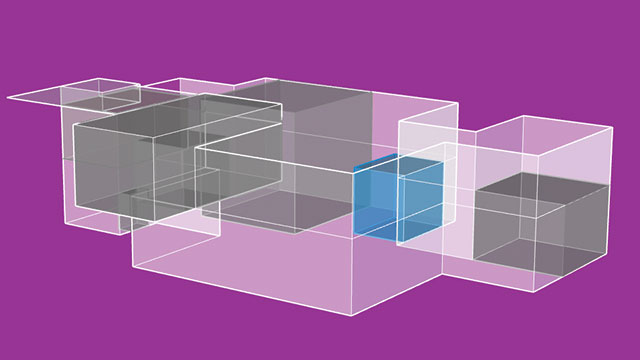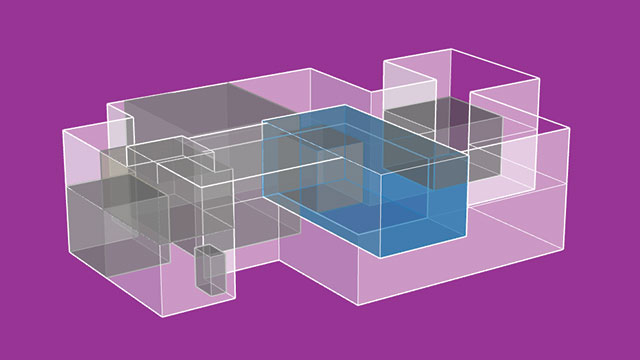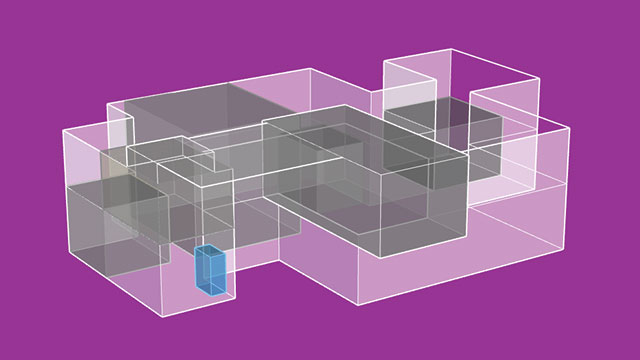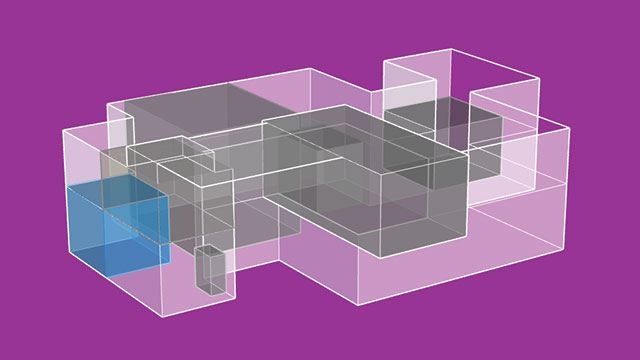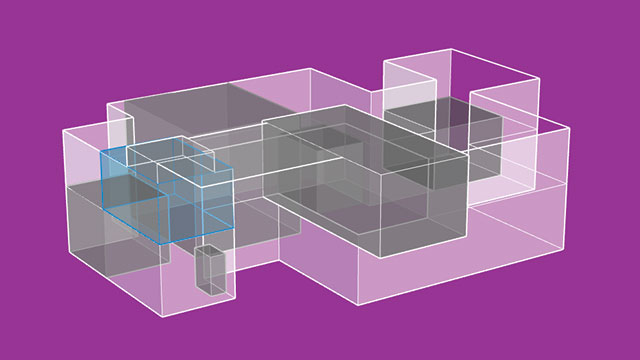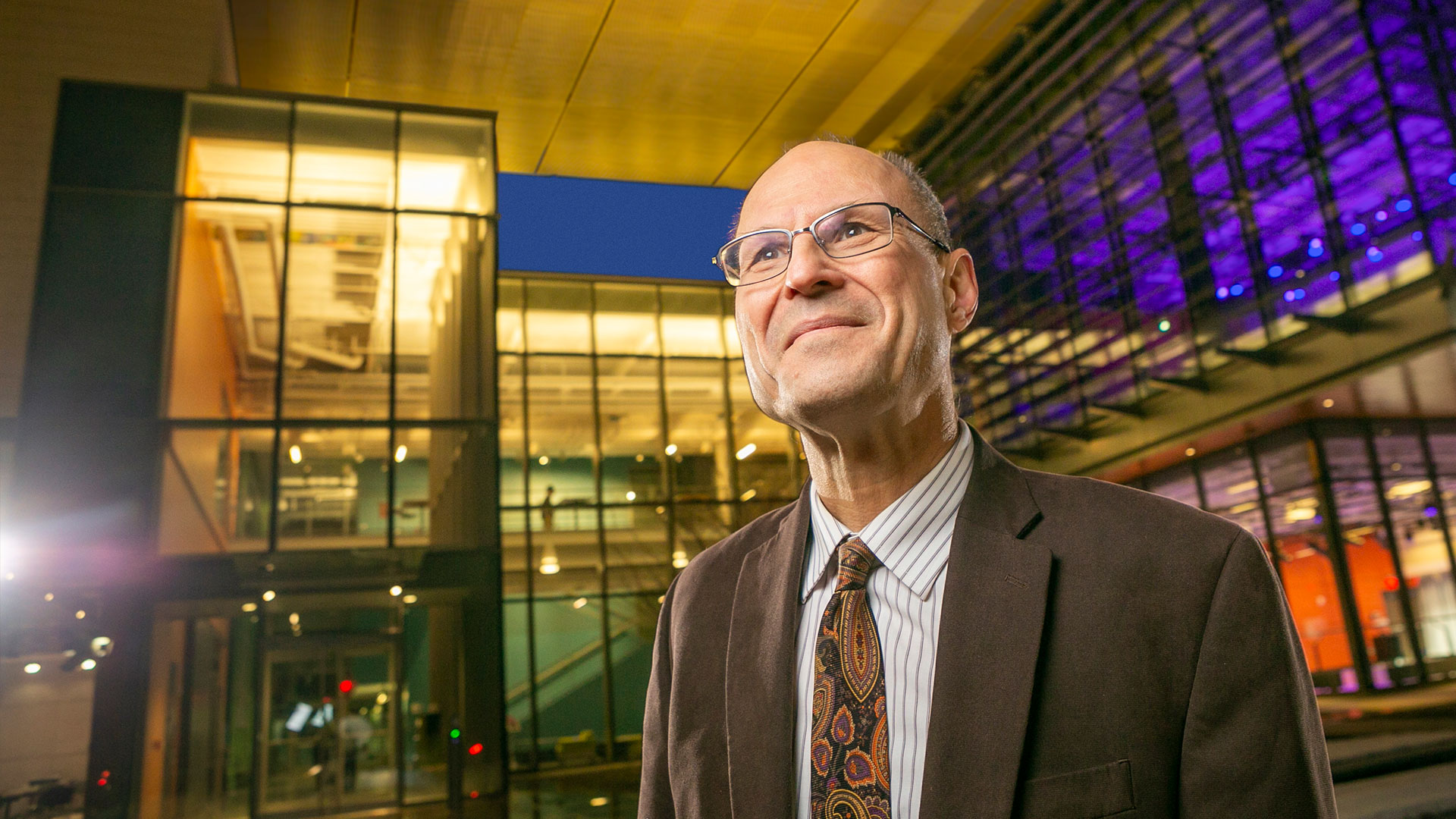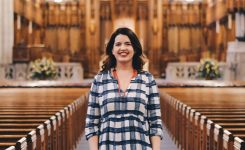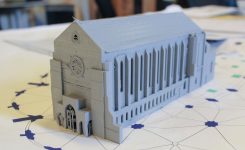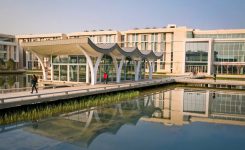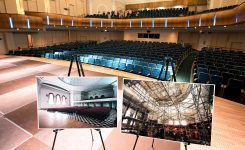One recent night at the The Ruby, John Kolba was manning the projector for a screening of a 35-millimeter kung fu film.
As he worked, the theater next door hosted an ensemble playing traditional Iraqi music, brought to campus by Duke Performances, the university’s arts-presenting organization.
And while all that was going on, visitors attended an opening reception just down the hall for an art exhibit, part of a local photography festival.
The building was buzzing, and when Kolba finished up with the film screening, he popped down the hall to check out the photography.
“It was really neat to see all the different pieces happening here,” says Kolba, who has worked in The Ruby since its opening a year ago. “They’ve managed to pack a lot of different things into this one building.”
Kolba is the Ruby’s associate director for performing arts and technical operations, which means, depending on the day, he may be planning out the lighting and sound for a play, overseeing video projection for an art installation or making sure a projector is set up properly to screen a film for Duke’s Screen/Society film series.
A Duke employee for a decade, he arrived on campus with a bachelor’s degree in electrical and computer engineering and the expectation that he’d get his engineering doctorate here.
But he also had the theater bug, having acted in high school and done technical theater work while an undergrad at Lafayette College in Pennsylvania.
After about a year at Duke, a graduate advisor helped him realize his heart wasn’t in engineering. He finished his masters and soon went to work with Duke’s Theater Operations department at the Bryan Center, where he worked as a technician and supervisor before moving over to the Ruby.
In Kolba’s view, the Ruby’s value is in its ability to bring disparate entities together. By contrast, the Bryan Center has several theater spaces, but none right down the hall from an artist’s studio.
“All these artistic things used to happen separately before,” he notes. “Now, people have the chance to get together, and that can prompt some new ideas.”

